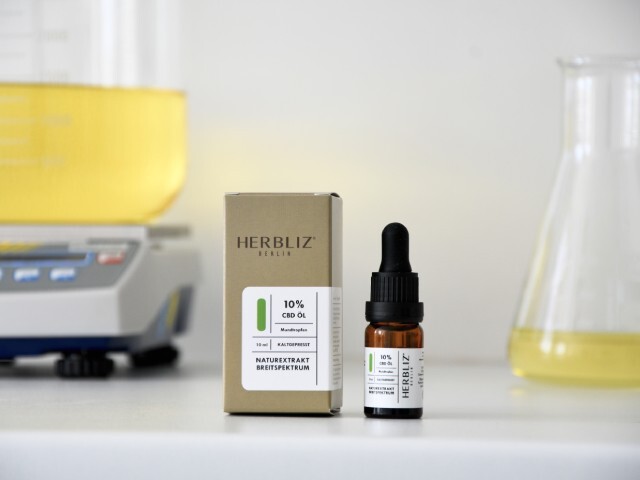
What is CBD Oil
In the realm of wellness and holistic health, CBD oil has emerged as a prominent player, captivating the attention of many seeking natural remedies. This article delves into the basics, unraveling the mysteries surrounding CBD oil and shedding light on how it operates within the human body.
Decoding CBD: What is it?
CBD, or cannabidiol, is a compound derived from the Hemp sativa plant. Unlike its counterpart THC (tetrahydrocannabinol), CBD is non-psychoactive, meaning it doesn’t induce the characteristic ‘high’ associated with hemp use. Instead, CBD interacts with the endocannabinoid system (ECS) present in all mammals, playing a crucial role in maintaining balance and homeostasis.
The Endocannabinoid System: A Brief Overview
To comprehend how CBD functions, understanding the ECS is paramount. The ECS is a complex cell-signaling system found throughout the body, regulating various physiological processes, including mood, appetite, sleep, and immune response. Comprising receptors, endocannabinoids, and enzymes, the ECS acts as a mediator, ensuring internal stability despite external fluctuations.
CBD and the ECS Tango
CBD’s therapeutic effects stem from its interaction with the ECS. When consumed, CBD indirectly influences CB1 and CB2 receptors, the primary receptors of the ECS. CB1 receptors, abundant in the central nervous system, modulate mood and cognitive functions, while CB2 receptors, prevalent in the immune system, regulate inflammation and immune response.
Through this dance with the ECS, CBD acts as a modulator, enhancing the system’s ability to maintain equilibrium. It doesn’t bind directly to the receptors but rather influences them, fostering a harmonious symphony within the body.

Mechanisms of Action: How CBD Works
1. Anti-Inflammatory Properties:
CBD’s potent anti-inflammatory effects are particularly noteworthy. By interacting with CB2 receptors, CBD helps mitigate inflammation, offering relief to those grappling with conditions like arthritis or inflammatory disorders.
2. Anxiolytic and Antidepressant Effects:
The modulation of CB1 receptors contributes to CBD’s anxiolytic (anxiety-reducing) and antidepressant effects. Individuals battling anxiety disorders or seeking mood stabilization often find solace in CBD.
3. Pain Management:
CBD’s influence on vanilloid receptors is key to its pain-relieving properties. These receptors are integral to the perception of pain and body temperature, and CBD helps desensitize them, offering a natural alternative for pain management.
4. Neuroprotection:
Studies suggest that CBD may have neuroprotective properties, potentially benefiting individuals with neurological conditions. Its interaction with the ECS in the brain shows promise in addressing conditions like epilepsy and neurodegenerative disorders.
Navigating the CBD Landscape
As CBD gains popularity, the market is flooded with products claiming various benefits. Consumers must prioritize quality and choose products from reputable sources. Third-party testing, transparent sourcing, and adherence to legal guidelines should be non-negotiable factors when selecting CBD products.
In conclusion, CBD oil’s therapeutic potential lies in its nuanced interaction with the endocannabinoid system. As we unravel the intricacies of this compound, a promising landscape of natural remedies and wellness unfolds. With proper understanding and discernment, individuals can harness the benefits of CBD, embracing a holistic approach to health. For more insights and further information about CBD, check out this article to learn more.
